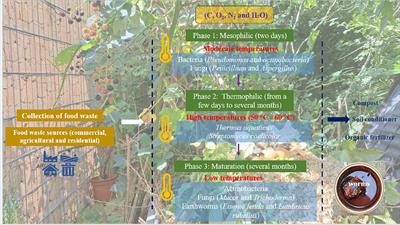REVIEW
Published on 06 May 2024
The future in the litter bin – bioconversion of food waste as driver of a circular bioeconomy

doi 10.3389/fnut.2024.1325190
- 6,227 views
- 1 citation
1,291
Total downloads
8,230
Total views and downloads
Select the journal/section where you want your idea to be submitted:
